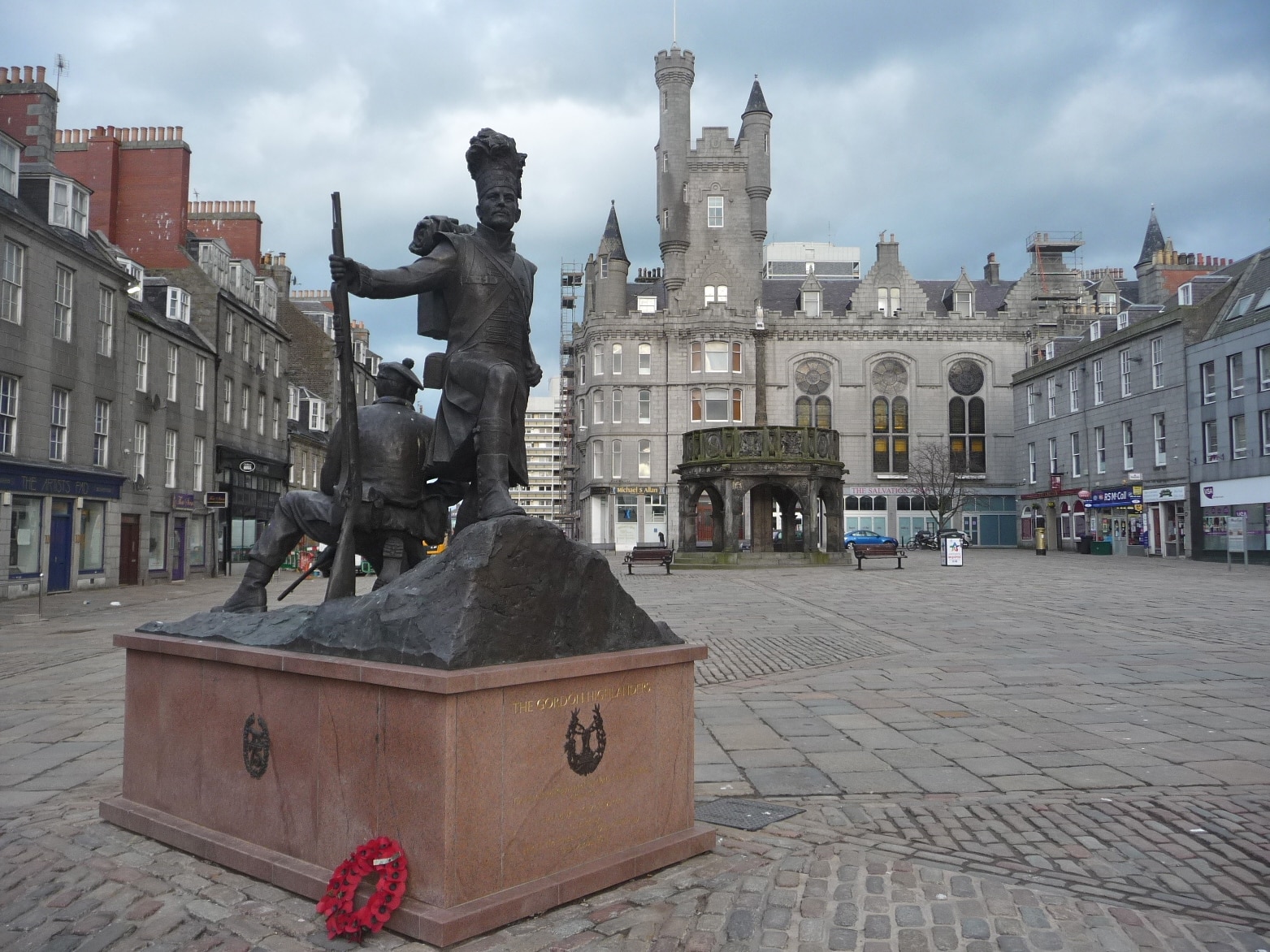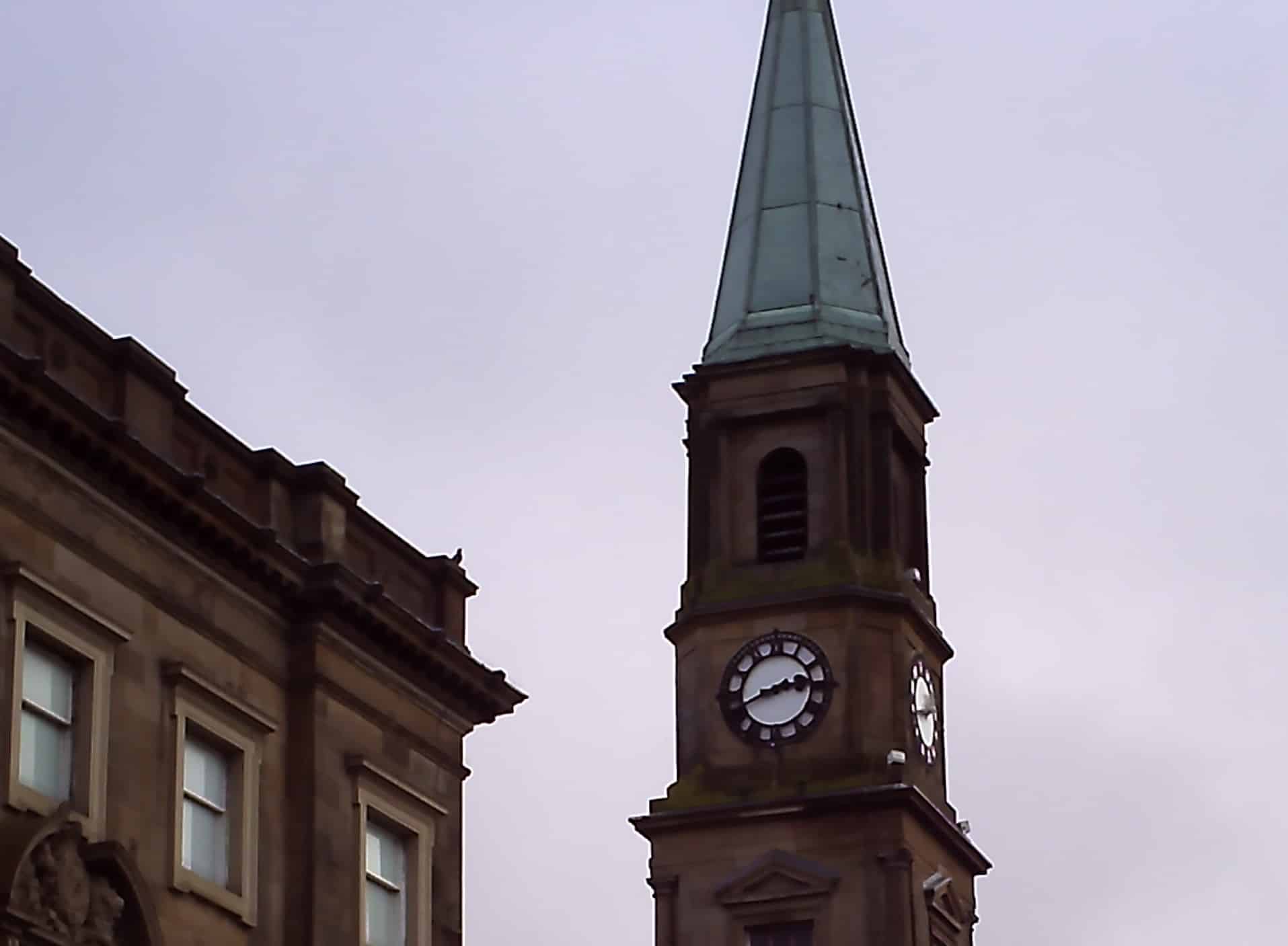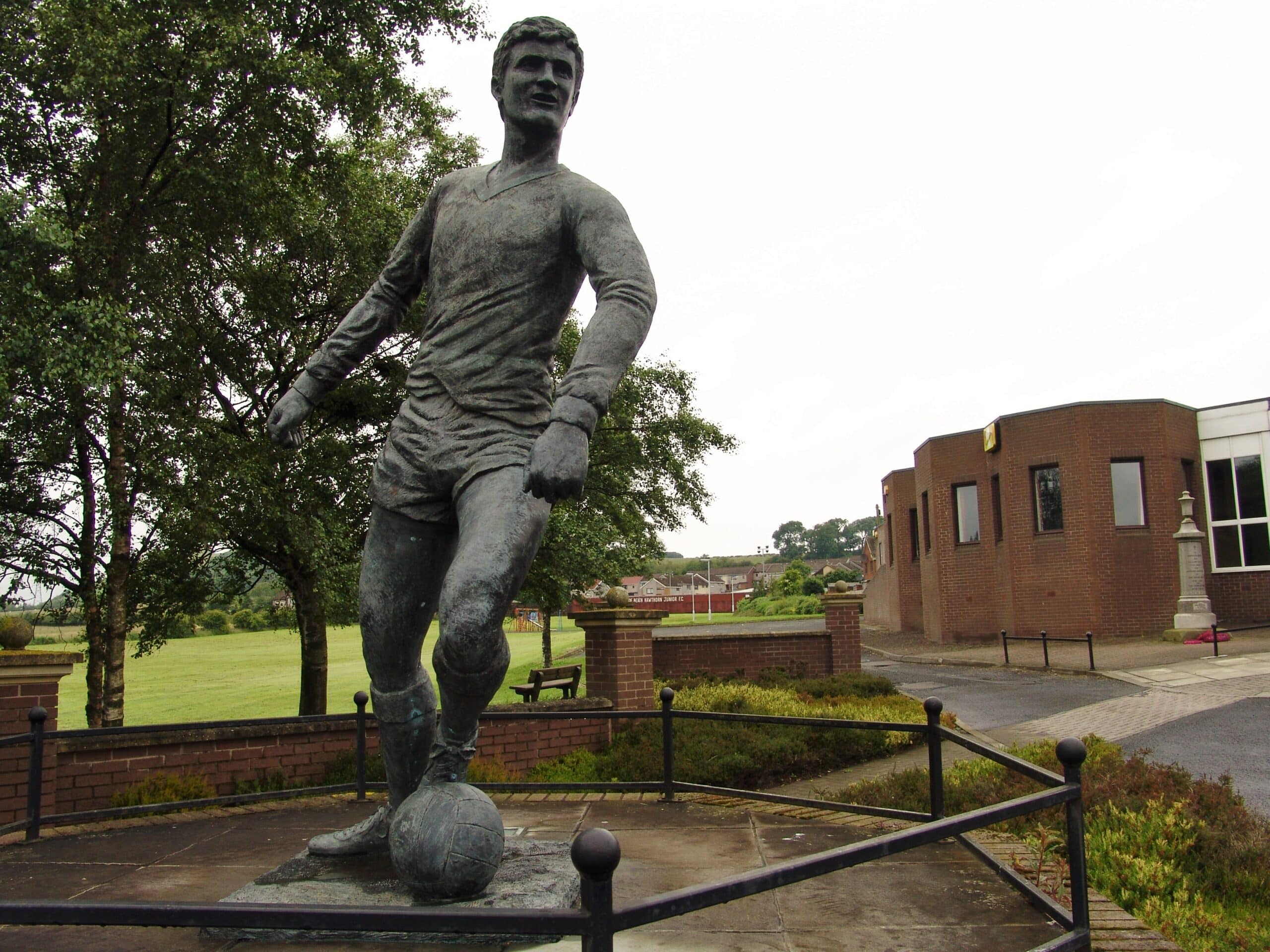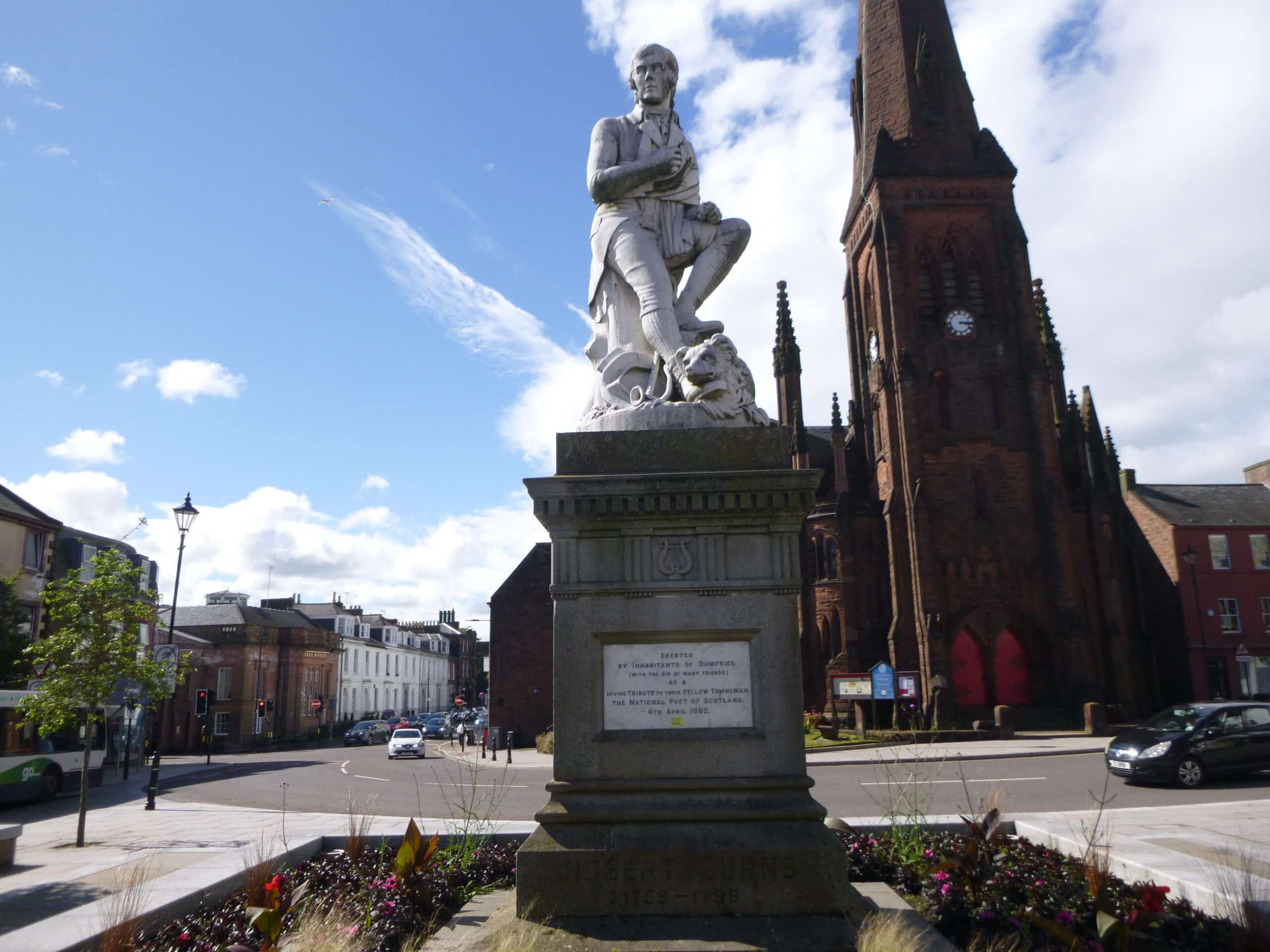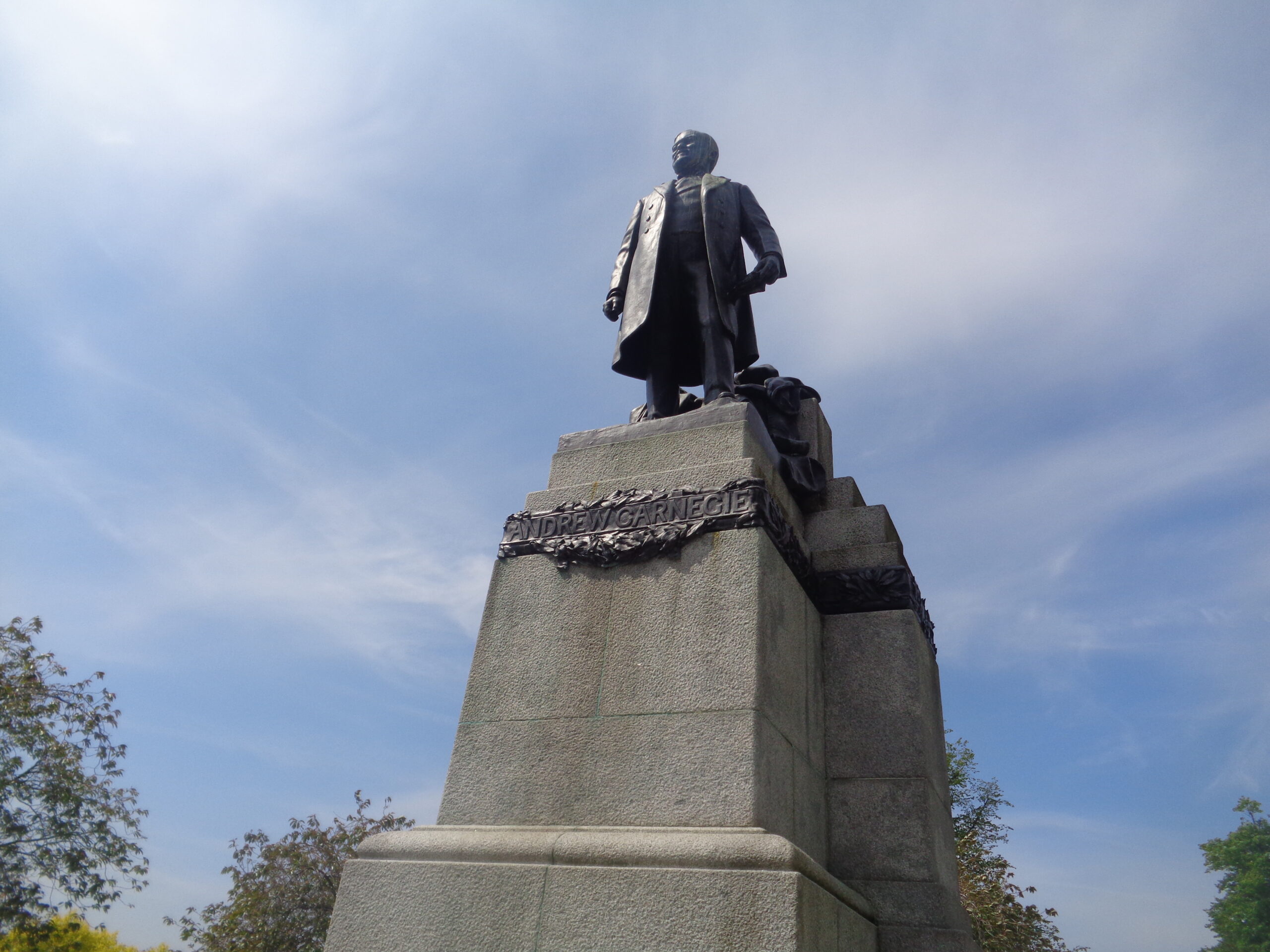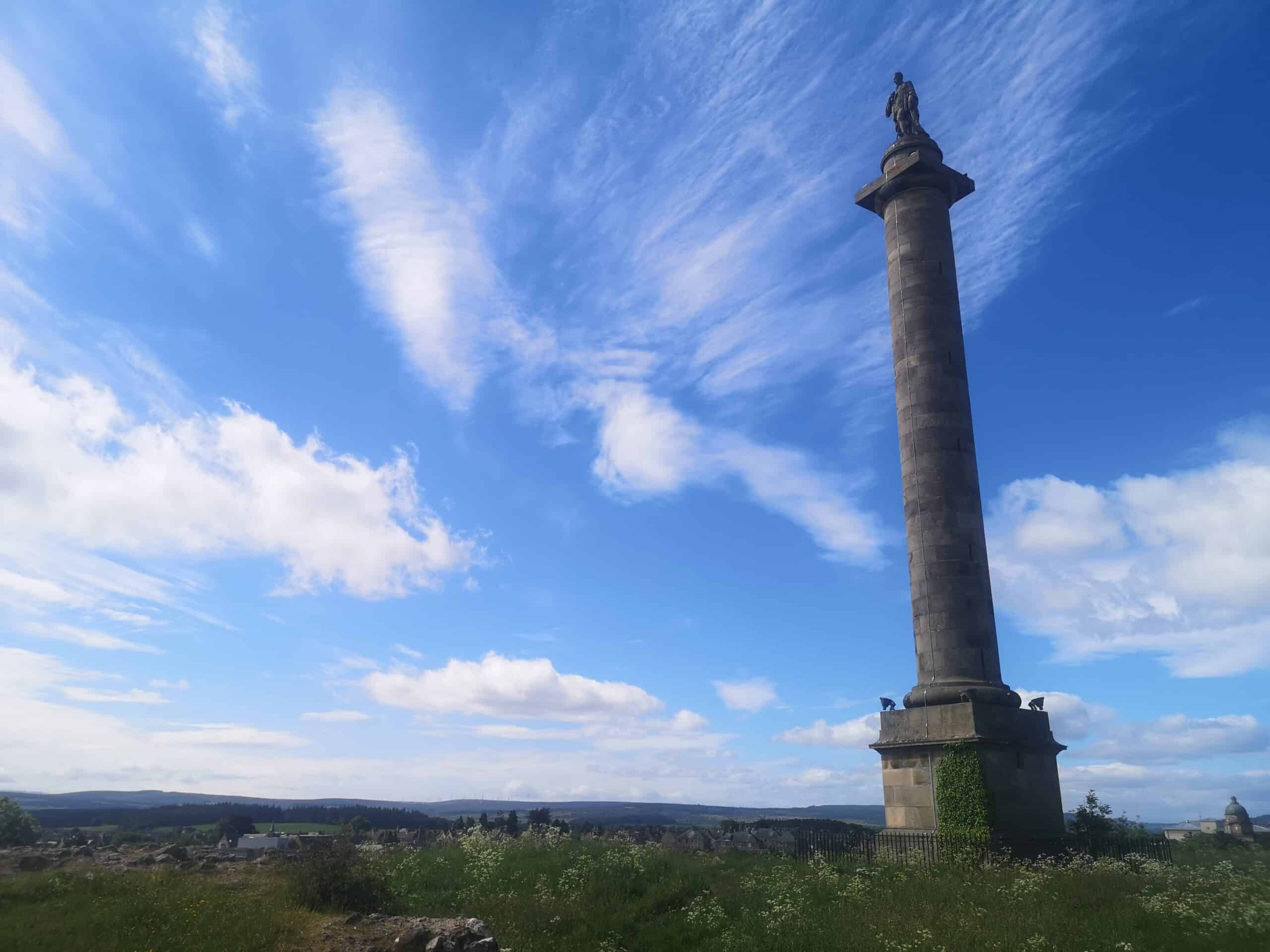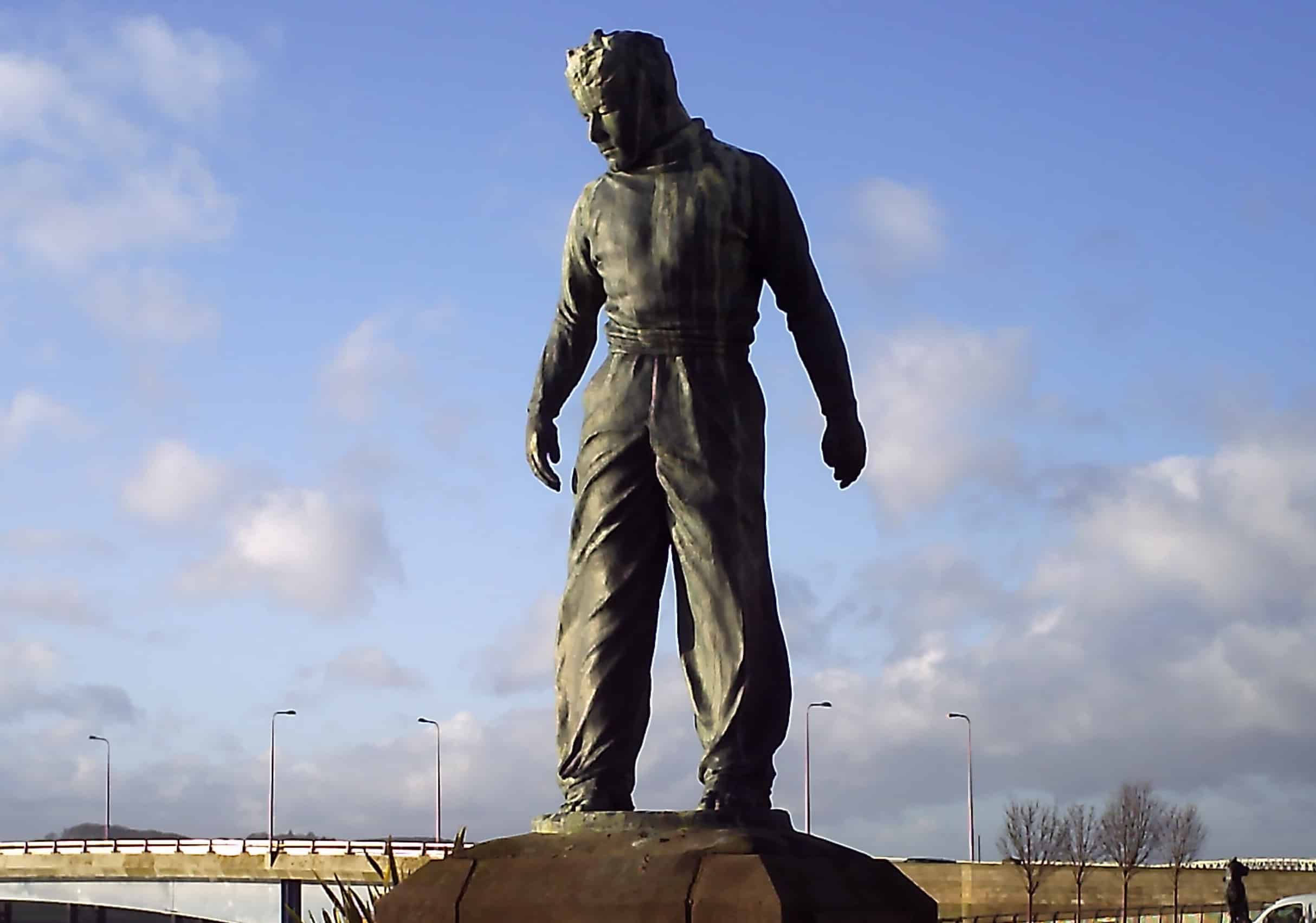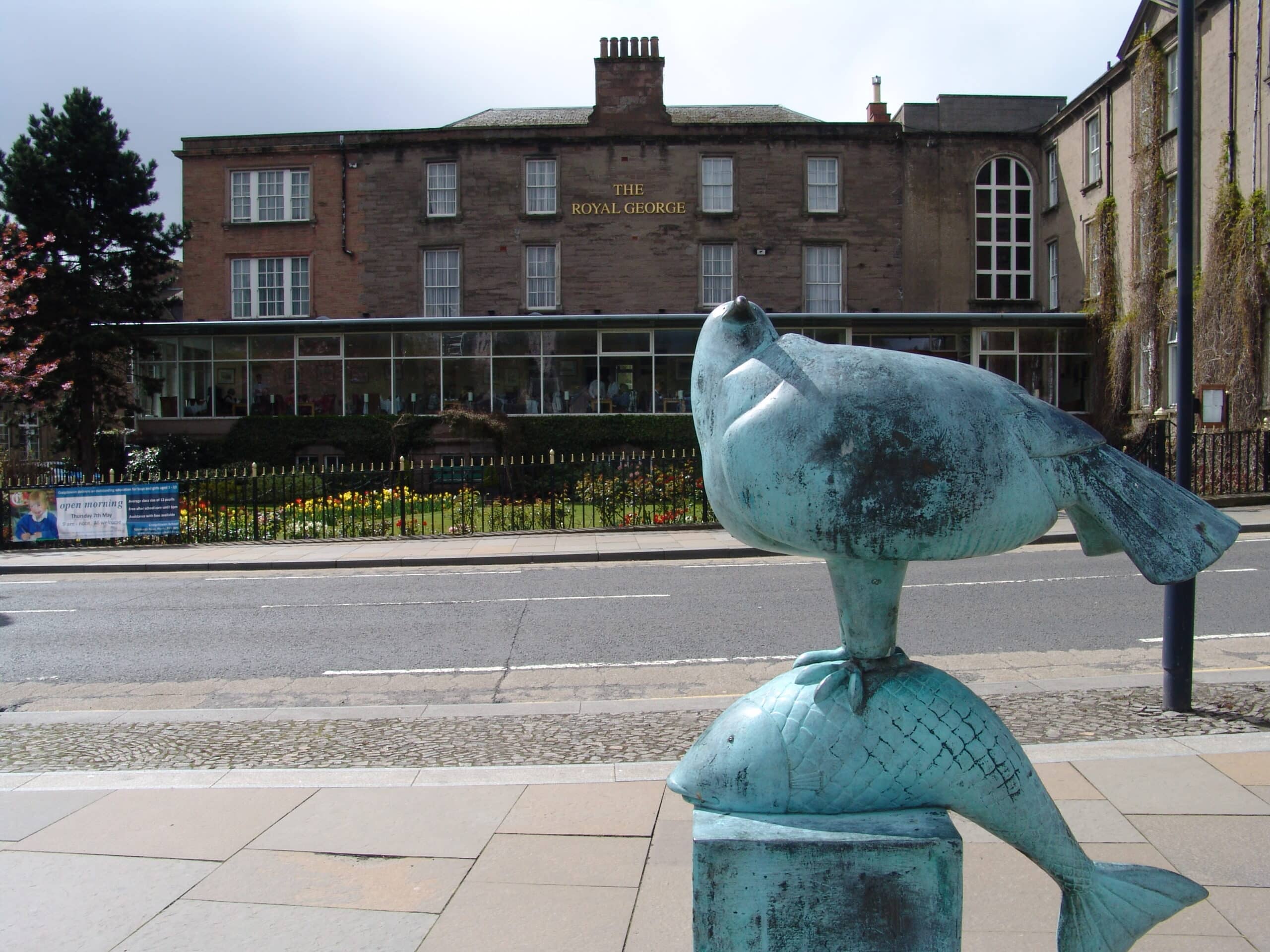Teams, tales and tips – a guide to the local game
The city that produced Dennis the Menace, the world’s first commercial marmalade and tragic post-punk legend Billy Mackenzie, Dundee is home to Britain’s most intimate derby.
Dundee FC and Dundee United are 88 steps apart, one at Dens Park, the other at Tannadice. There may be a religious element in the historical DNA of one but provincial pride – Dundee against the world – counts for much more. And, despite a rivalry dating back to 1925, the two clubs nearly merged in 1999.
Dundee United City FC (were they serious?) never saw the light of day. And so the derby continues, recently a Premiership fixture – although given United’s relegation in 2023, it isn’t one that’s staged every season.

Ironically, Dundee United once wished to be called Dundee City but the Dark Blues of Dundee FC disapproved and won the day. The proposal was mooted in 1923. Dundee FC’s rivals looked like going the way of many local clubs before them unless they appealed to a broader support than the city’s Catholic community.
Ditching their green shirts for white and black ones, Dundee Hibernian became United. The tangerine strip came much later, after Dundee United changed names again, briefly, to Dallas Tornado on a US tour in 1969.
The original Dundee Hibernian had been formed in 1909. Though not directly linked, they drew on the same supporter base as Dundee Harp, a club that had been inspired by Edinburgh’s Hibernian to set up in 1879. In operation until 1897, Dundee Harp almost made history with their 35-0 cup win over Aberdeen Rovers in 1885 – on the very same day that Arbroath beat Bon Accord 36-0 in the same competition.

Back in 1909, Dundee Hibernian also wanted to branch out beyond Harp’s initial catchment area. Leaving the city’s Irish quarter of Lochee, Dundee Hibernian headed from west to east, and Clepington Park, where Dundee Wanderers had previously been based.
Hibernian changed the name of Clepington to Tannadice and, in 1923, their own to United.
Dundee’s convoluted football scene of the late 1800s was shaped by the city’s limited number of suitable pitches.
Clepington Park was one. It had been used by Dundee East End through the 1880s before Dundee Wanderers, a breakaway of Dundee Our Boys, arrived in 1894. The loss of Clepington Park in 1909 was a huge blow and the Wanderers didn’t give it up to Hibernian lightly, stripping it of as many facilities as could be stripped.
Both formed in the same year, 1877, Our Boys merged with East End to create Dundee FC in 1893, bringing their dark-blue shirts with them. After Scottish League status had been assured, East End provided the venue, Carolina Port, amid the industrial gloom of Dundee harbour. Despite the surroundings, it even staged a full international, Scotland-Wales, in 1896.
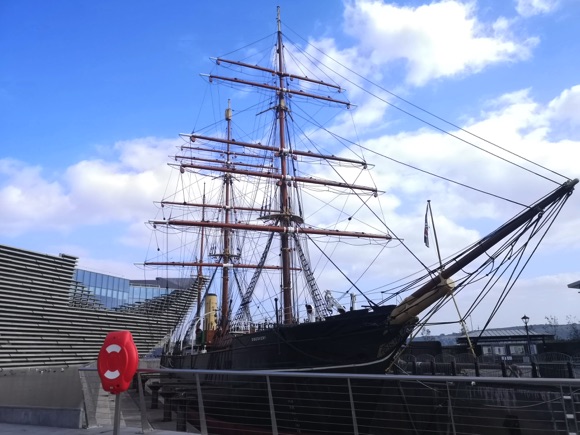
But the grass was always greener around Clepington Park. Still relatively uncluttered by buildings, the open surroundings proved the perfect new site for the emerging Dundee FC, at what would become Dens Park – a decade before Dundee Hibernian moved next door, at what would become Tannadice.
The first derby between Dundee and Dundee United took place two years after United’s name change from Hibernian. On November 21, 1925, the pair met in a goalless draw at Dens Park. Later derbies produced far more goals. There was Dundee’s 7-3 trouncing of United in a League Cup fixture in 1956, not long before the Dark Blues won their solitary Scottish title and made the semi-finals of the European Cup. There was United’s 3-0 win over Dundee in 1980, the only time the pair have met in a major final, the Scottish League Cup, staged at Dens Park.
Lifelong United player Paul Sturrock scored two but was off injured when his teammates were holding back waves of Dark Blue attacks as Dundee tried to prevent the Tangerines from winning a first ever title in a derby at Dens Park. United ran out 2-1 winners and 1983 Scottish champions – making it to the semi-final of the European Cup the following season.
Getting Around
Arriving in town, local transport and timings

Dundee’s small, underused airport is 3km (two miles) south of town, currently solely served by Scots airline Loganair. There’s no direct public transport to town but the frequent 5/5A bus to Dundee bus station calls at nearby West Park Road along parallel Perth Road a 10min walk from the terminal. Dundee City Taxis (01382 204 060) offers airport transfers for around £10.
The nearest international airport is Edinburgh, 100km (63 miles) away, 9km (six miles) west of the capital. Xplore Dundee’s FLY service sets off every 90mins from stop E to Union Street (£16 up to 1wk before journey, £22 afterwards, journey time 80mins) in Dundee.
Alternatively, head from the airport into Edinburgh city centre by Lothian Bus Airlink 100 (every 10mins) to St Andrew Square (£5.50, contactless on board, exact change if cash, journey time 25mins) near Waverley station or tram (every 7mins) to St Andrew Square for Waverley (£7.50, journey time 25mins).
Half-hourly direct trains to Dundee (£10 advance online, 1hr 15min journey time) depart from Waverley and Edinburgh’s other station of Haymarket. Dundee station is by the waterfront, just south of the nearby town centre.
A single ticket on Dundee’s bus network is £2.20 or £2.75 for a long hop, paying contactless (tell the driver your destination) or with exact change only. An adult DaySaver is £4.40. You can also download the Xplore Dundee app. Tannadice and Dens Park are north of the city centre, a short hop by bus.
Where to Drink
The best pubs and bars for football fans
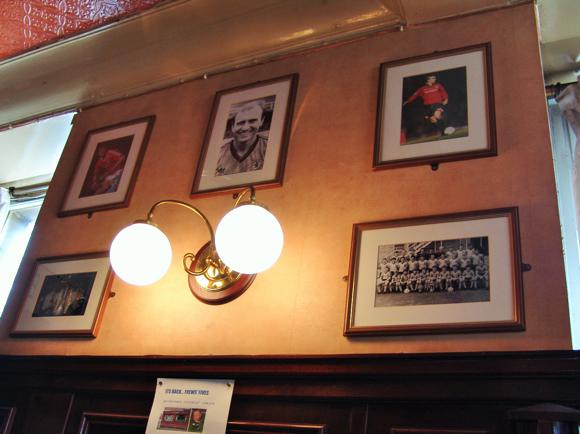

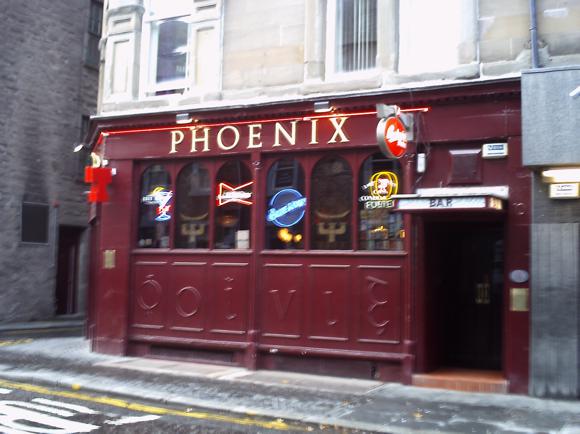
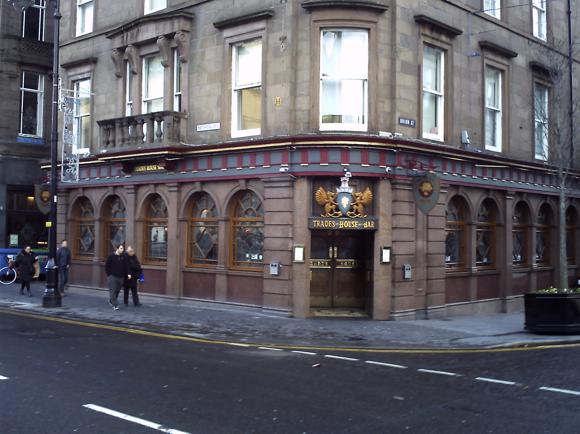

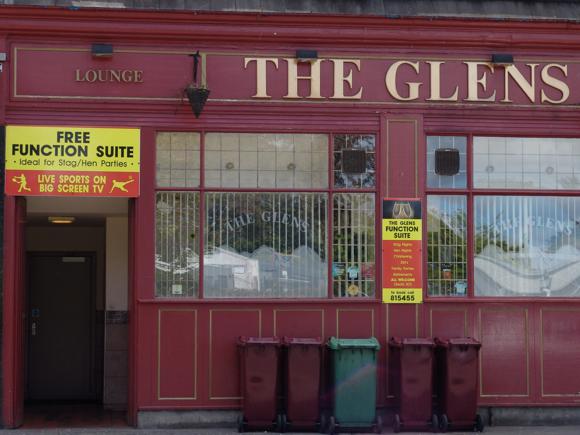
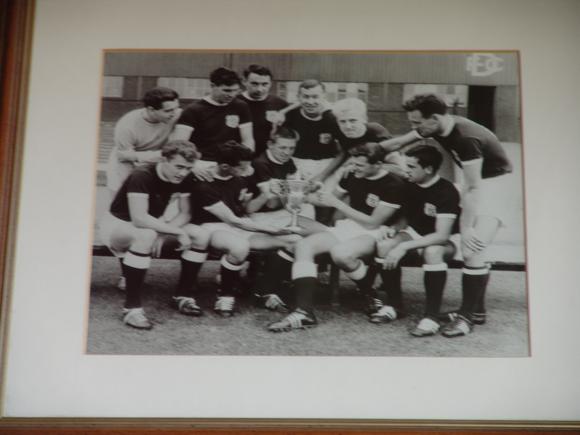
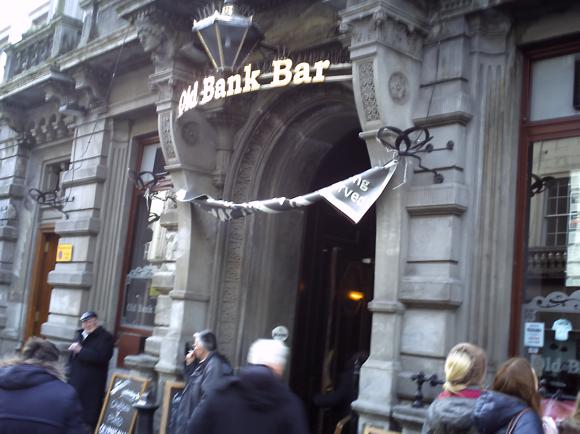
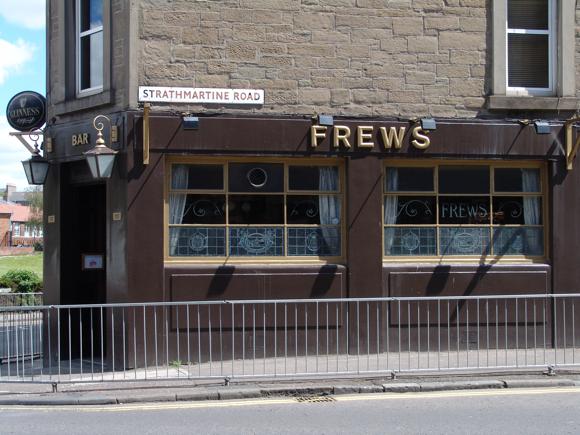

The streets between City Square and the Universities of Abertay and Dundee are dotted with pubs and bars. Molly Malones is a classic Dundee pub on West Port dating back nearly 200 years, its walls displaying heroes from locally produced Beano comics and TV football.
Nearby on Nethergate, The Phoenix is another traditional old spot with regular football action, on the same street as the Trades House, all carved wood, stained glass and seven sports screens, one of them massive.
In the same family, the Old Bank Bar, appropriately an old bank, also deals in televised matches and pub grub. Nearby, The Counting House offers the usual Wetherspoons range of beers and food, in another classic bank building.
For craft beers in the former Royal Exchange building, the Dundee branch of the Aberdeen BrewDog company has 28 taps and a food menu predictably based around pizza.
Up in the area around the stadiums, most of the many bars have an affinity with either club. Two are more neutral: sport-centric The Glens and football-friendly Frews (117 Strathmartine Road), which gives equal space to the framed history of each club.
Where to stay
The best hotels for the grounds and around town

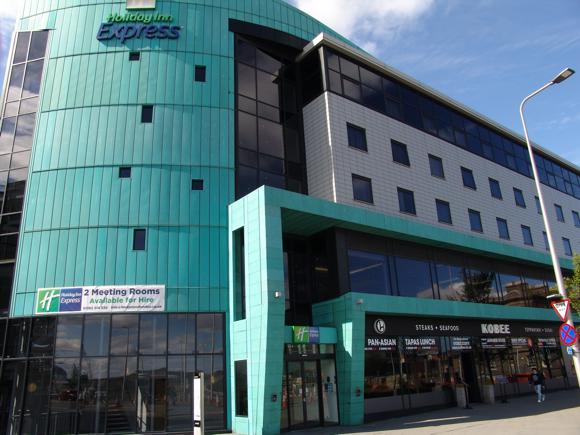
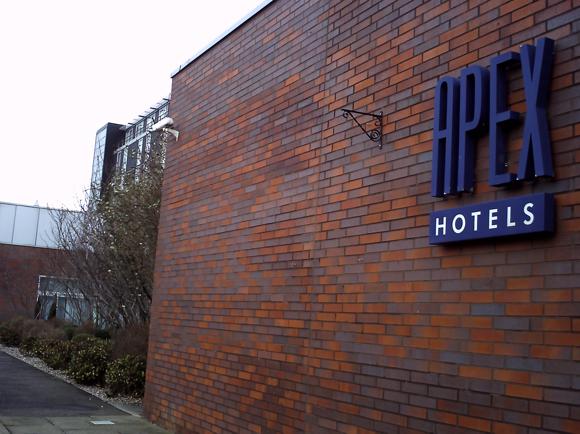


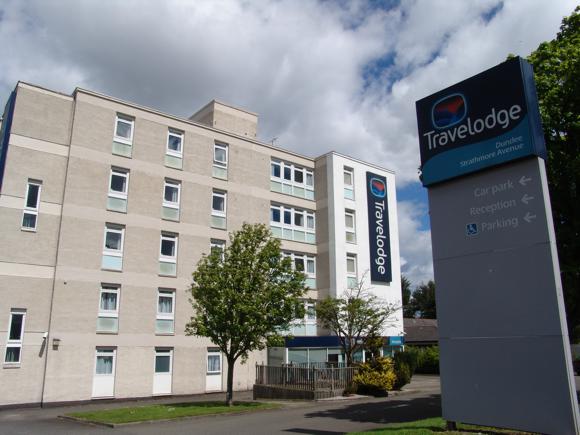
Visit Dundee has a comprehensive database of hotels with a click-through booking function.
The nearest lodging to either ground is affordable chain Travelodge Strathmore Avenue.
In the cultural quarter near the station, the Best Western Queens is the city’s most venerable hotel, previous guests including Frank Sinatra and Winston Churchill. On the other side of the train tracks, the Premier Inn Dundee Centre offers affordable rooms right by the river Tay.
Right by the Tay Road Bridge, the Holiday Inn Express has a late bar with TV sports. Also with bridge and river views, plus upscale health, relaxation and exercise facilities, is the impressive Apex City Quay Hotel & Spa.
Also a notch above is the Malmaison, opened in 2014 in a 120-year landmark hotel, original wrought-iron staircase, grand private dining rooms and all.




